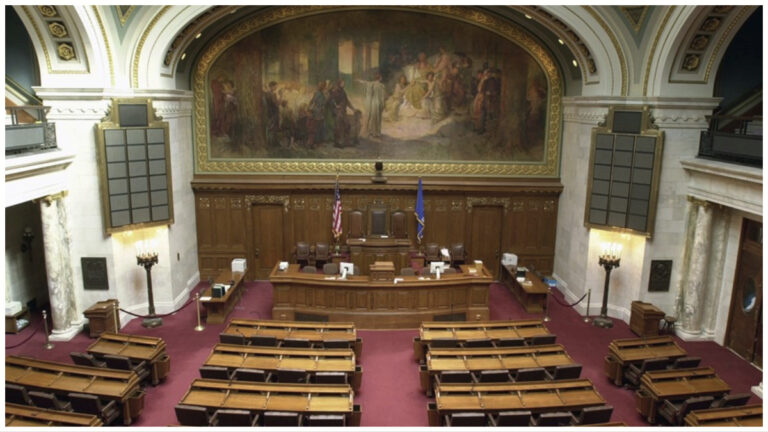
By Terrence R. Wall
On June 14, Assembly bill 96 will be up for a vote before the state assembly. AB96 is a bill that would allow cities that have reached their 12% statutory cap for TIF to create new TIDs if and only if those TIDs are developer financed (otherwise known as pay-as-you-go).
The bill has tremendous bi-partisan support, including the League of Municipalities, the Wisconsin Realtors Association, NAIOP Wisconsin, Wisconsin Apartment Association (formerly Wisconsin Rental Housing Legislative Council), Wisconsin Builders Association, and the Wisconsin Economic Development Association, and it received bi-partisan support in committee as well.
Most people don’t understand TIF and don’t understand the 12% rule. TIF is just about the only economic development tool that local governments have in their own control to promote development. TIF is provided to a developer in order to help close the gap between the cost of new construction and what the developer can financed the project for given the appraised value and lower rents (or higher costs due to environmental conditions, high water table or other adverse conditions.)
Without the TIF, the project wouldn’t happen. In many cases in downtowns in smaller cities, the added cost of acquiring properties, relocating tenants, razing those structures, and even shoreland restoration (along a river or lake) adds tremendous cost. Just being outside of Madison and Milwaukee alone can add ten percent in cost due to the lack of competitive contractors nearby.
Normally a local government will give a cash TIF grant to close that gap. However, with developer financed TIF, the developer secures a loan from a bank for his own TIF ‘grant,’ with that loan being paid back over time using the refund of the new, marginal increase in property taxes generated by the new development.
In many cases, local governments who have been successful in using TIF will find that the increase in assessed value will exceed the 12% rule, due to the success of TIF. (If a city’s TIFs aren’t successful, they won’t generate the new higher tax base, and therefore, the 12% won’t come into play.)
The bill will also allow for non-contiguous TIDs. Middleton ran into that problem a couple times. With their successful TIDs, they were able remove developments from their TIDs and place those back onto the tax rolls and adding literally hundreds of million of dollars back to the tax base, which is what we should all want. But due to the contiguous rule, the city had to stop removing redeveloped properties because the TID would become non-contiguous, which prevents a city from putting new tax base back onto the tax roll.
When developer financed TIF is used, there is zero risk to the taxpayers, because the developer is securing the bank loan himself and signs personally on that loan; the local government is not handing over any taxpayer money so there is nothing coming from the taxpayers. After the developer builds the new building(s), the taxes from that new building are paid to the bank to pay back the loan. If the assessment is lower than anticipated, the developer again is on the hook to cover the shortfall, not the taxpayers.
This bill will encourage local governments to use more developer-financed TIF, and it’s a win-win for everyone.
Wall holds a degree from the UW in economics and an M.S. in real estate analysis and valuation and is a real estate developer. Disclaimer: The opinions of the writer are not necessarily those of this publication or the left!